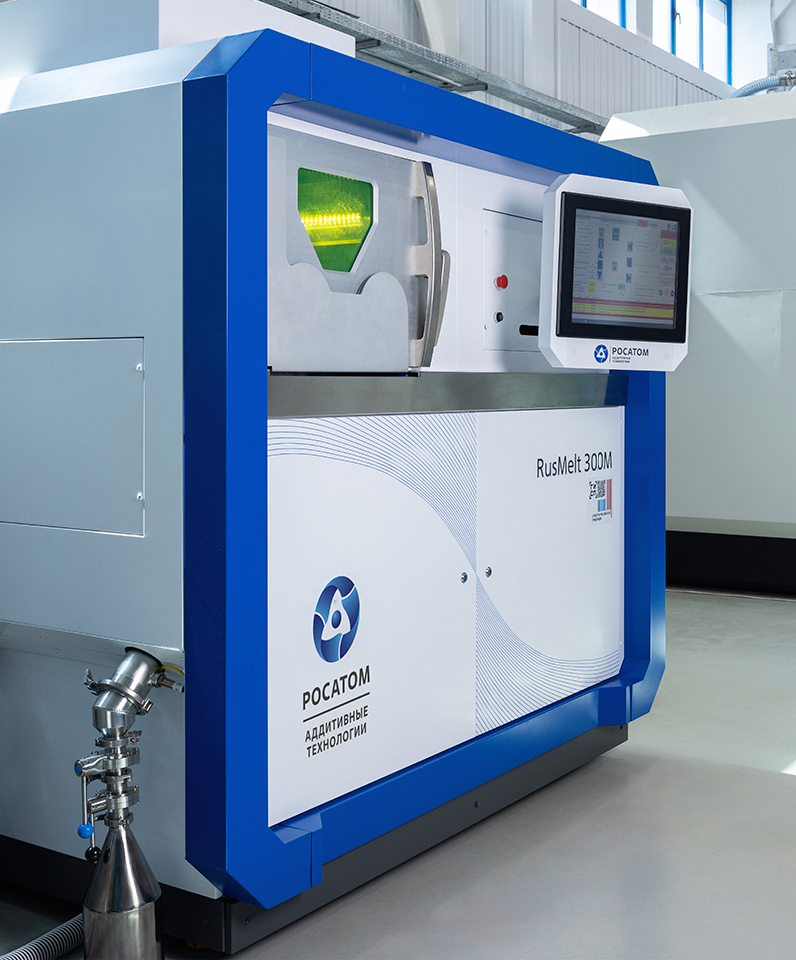Russian nuclear corporation Rosatom has received regulatory approval for the first 3D-printed component of an RITM-200 small modular reactor plant. The component, a terminal box, was produced by the Afrikantov Experimental Design Bureau of Mechanical Engineering and has obtained certification from the Russian Maritime Register of Shipping.
RITM-200 reactors are currently used in Russia’s nuclear icebreakers and serve as the foundation for the country’s planned floating and land-based small modular reactor plants. The prototypes completed comprehensive testing before receiving regulatory approval, according to Rosatom.

Yuri Vytnov, Chief Technologist at Afrikantov OKBM, said: “Obtaining regulatory documentation for the first element for the RITM-200 reactor plant manufactured with the use of additive technologies makes it possible to replicate 3D printing technology in the future to create various equipment for marine nuclear power plants, as well as nuclear industry equipment of other types and purposes,”
This marks the first time Russia has used 3D printing technology for reactor components, though the country has previously employed additive manufacturing for test equipment and process tooling. Ilya Kavelashvili, Director of the Additive Technologies Business Unit at Rosatom’s Fuel Division, said: “The use of 3D printing opens up new possibilities for design and production. Parts with optimised geometry and improved characteristics can be created. This allows for increased efficiency and reliability of the equipment, as well as a reduction in weight and cost.”
The nuclear industry has increasingly adopted 3D printing technology in recent years. Previous applications include a 3D-printed impeller installed at a Slovenian reactor in 2017, channel fasteners installed by Oak Ridge National Laboratory in a U.S. reactor in 2021, and a stainless steel fuel component installed by Framatome at Sweden’s Forsmark nuclear power plant in 2022.
Russia joins several other countries, including South Korea and the United Kingdom, in using additive manufacturing for nuclear industry applications. The International Atomic Energy Agency has identified significant potential for 3D printing technology in the nuclear energy sector.
Source: atommedia.online

